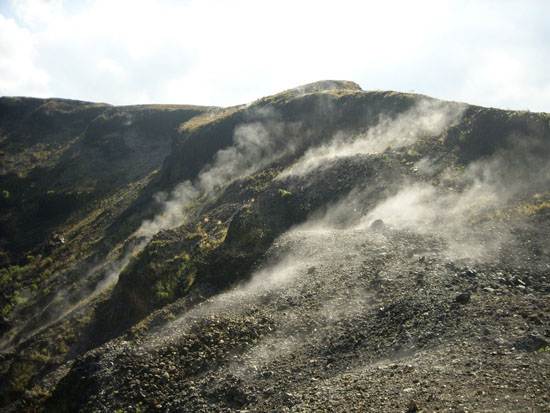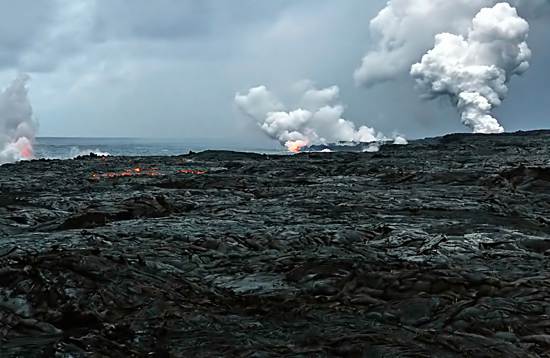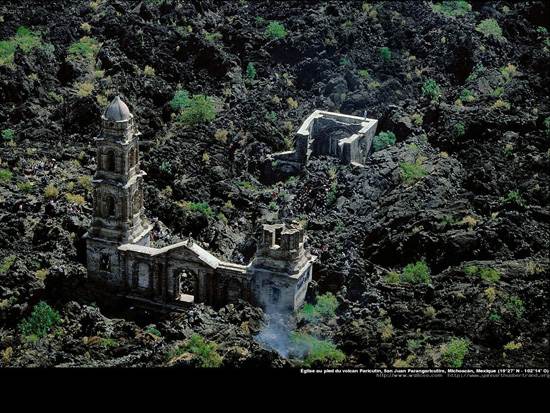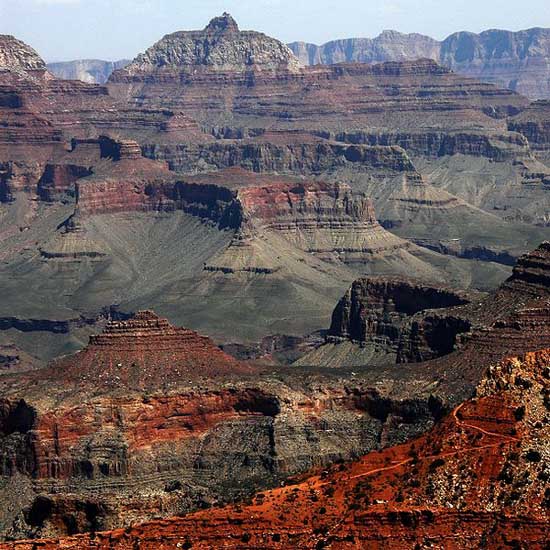A cinder cone volcano part of a large volcanic field in the Mexican state of Michoacán. The volcano derives its famous name from the village of Paricutin, which now lies buried under its lava. It is one of the Seven Natural Wonders of the World. It was established as a natural wonder because mankind witnessed its birth. The volcano began as a fissure ( volcano was being born), in a cornfield on February 20, the volcano grew to a height of 1100 feet in just one year! A large percentage of the volcano’s growth occurred during that first year, while it was still in the explosive pyroclastic phase 1943. Major volcanic activity of the Paricutin was IN 1952. Today, the volcanic mountain stands at a height of 424 meters (1,391.08 ft).
Paricutin which has given volcanologists and scientists a chance to study the birth, life and death of a volcano It was greatly studied by them. Since Paricutin is unique due to the fact that it formed such a short time ago. It is one of the youngest volcanoes on Earth.

The volcano killed about 4,000 farm animals and about 500 horses died of breathing volcanic ash.Humans suffered from breathing in, the volcanic ash. – but Nobody was killed by the lava or ash although three were killed by lightning associated with Paricutin eruption. 100 square miles were covered with ash. Two villages were buried by the volcano’s lava and ash, the volcano’s effects can be seen in photos of the church that was buried neck high in San Juan Parangaricutiro. Paricutin poured out over 1 billion tons of lava during its nine-year life span many cane-boring insects were swept out and this destroyed cane plantations. Volcanism is a common part of the Mexican landscape. Parícutin is the youngest of more than 1,400 volcanic vents that exist in the Trans-Mexican Volcanic Belt and North America.










































